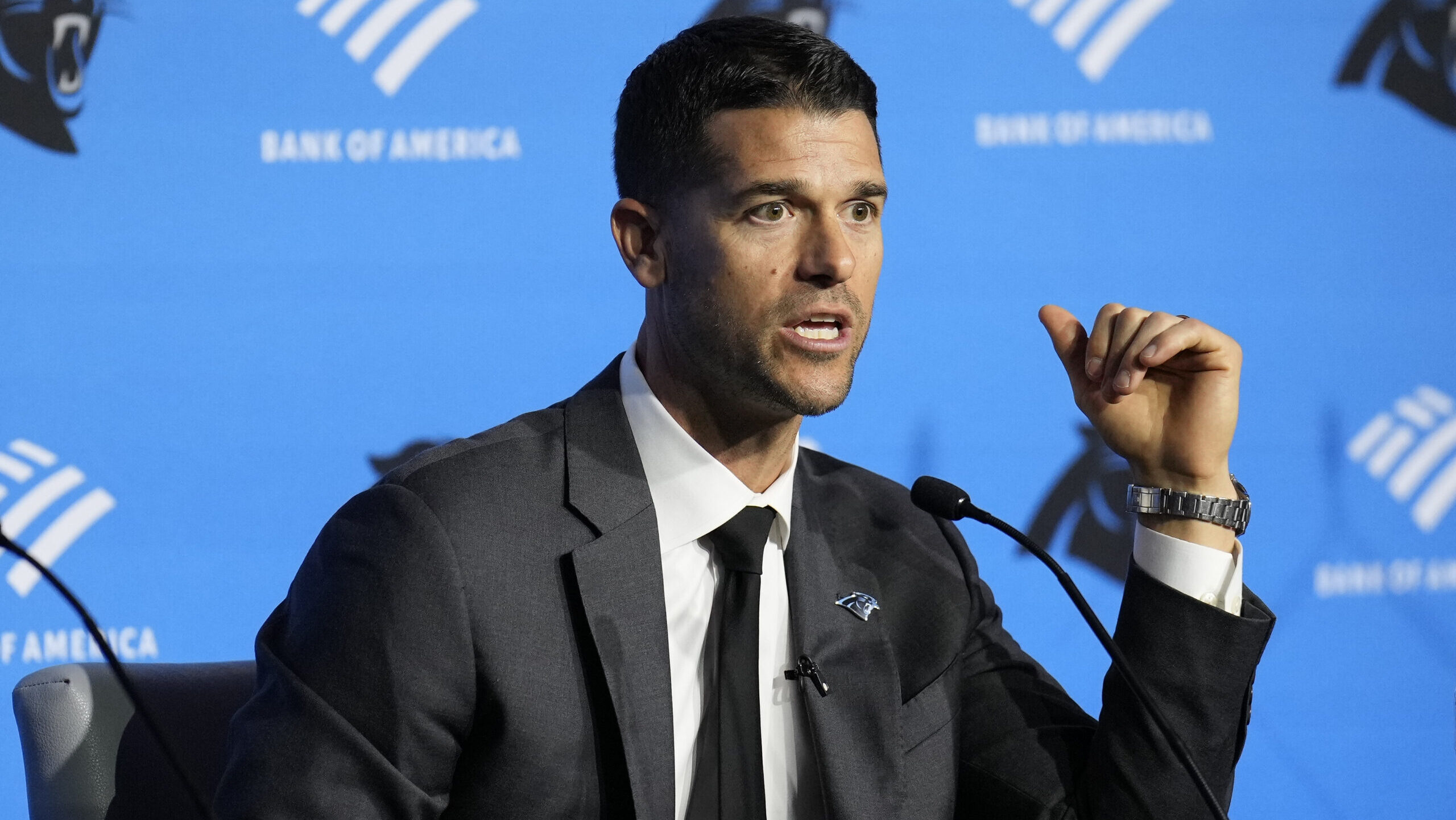Analysis
6/12/23
6 min read
What We Can Learn From Studying NFL Standings

NFL teams dissect and discuss every data point they can get their hands on heading into a new season. It's an insatiable and unending search for advantages. Learning from the past, organizations can sometimes build their team and their procedures for success in the future.
Every season, the league's standings provide a brand new data point to unpack and debate. Here are a few takeaways from the NFL standings and the league's current scheduling format.
Nine Wins Won't Cut It
You generally don’t make the playoffs in a 17-game season with nine wins. History tells us teams have just a 50 percent chance of winning nine games and qualifying for the postseason. And though there have only been two 17-game seasons, they provide a lot of insight.
In 2021 and 2022, six teams won nine games.
Of the 12 teams that won nine games in a 17-game schedule, six teams (2021 Dolphins, 2021 Colts, 2021 Saints, 2022 Lions, 2021 Chargers and 2022 Steelers) didn’t make the playoffs.
Here is how far the six teams who won exactly nine games the past two years went in the postseason.
| Team | Result |
| 2021 Steelers | Wild Card Loss |
| 2021 Eagles | Wild Card Loss |
| 2022 Seahawks | Wild Card Loss |
| 2022 Dolphins | Wild Card Loss |
| 2022 Giants | Division Loss |
| 2022 Jaguars | Division Loss |
A team with championship aspirations shouldn't be satisfied with nine wins and a playoff berth.
What Goes Down, Comes Back Up
It’s hard to stay on the bottom for too long in the NFL. In 2022, the two worst teams had three wins in a 17-game season (the Chicago Bears were 3-14, and the Houston Texans were 3-13-1). But it is hard to imagine those two franchises will remain in the basement for too long.
In 2021, the two worst teams also had three wins in a 17-game season — the Jacksonville Jaguars were 3-14, and the Detroit Lions were 3-13-1. But in 2022, each was 9-8. Both teams are expected to improve and contend in 2023.
In 2020, the two losingest teams were the Jaguars (1-15) and the New York Jets (2-14). The Jets went from two wins to four wins to seven wins. No one would be shocked if the Jets had double-digit wins in 2023.
In 2019, the losingest team in the league was the Cincinnati Bengals (2-14). They improved to 4-11-1 in 2020, and in 2021 they made it to the Super Bowl behind a 10-7 record.
No Place Like Home
It’s better to play as many home games as possible, and in a 17-game schedule, teams don’t play the same number of home games. In 2022, home teams were 151-118-2, for a winning percentage of .561.
In 2020, the record of home teams (127-128-1, .498 winning percentage) was out-of-whack. The pandemic — and crowd restrictions — certainly affected everything, including home-field advantage.
But if we take away the 2020 season, the home team's record from 2018-2022 is 576-473-6, good for a .549 win percentage.
In a league where every bit of data is analyzed, scrubbed and searched for a slight advantage — and the league would rather do anything to settle tiebreakers rather than a simple coin toss — then why do certain teams get built-in advantages?
In a 17-game schedule, some teams get a boost, and others do not. The way it works now, we’re supposed to believe everything is “fair.” In alternate years, AFC teams get eight regular season home games, with each NFC team getting nine.
Sorry, still not fair. For example, the NFL Draft order is determined based on teams’ records from the previous season. Assume the Arizona Cardinals (or any other NFC team) finishes 2023 with a 2-15 record, and the Indianapolis Colts managed a 3-14 mark.
Arizona has nine road games this season, while Indianapolis has only eight road games. It is slightly easier for an NFC team to have the worst record in the NFL this year. In my opinion, the system is tilted to give the No. 1 overall pick to the conference with the fewest number of home games.
International Complications
Don’t forget about designated home games in neutral cities. Each team is guaranteed to play internationally at least once every eight years. For the 2023 season, the NFL will feature three games in London and two in Frankfurt. This creates an unbalance in the schedule.
The AFC East figures to be competitive with the Jets, Buffalo Bills, Miami Dolphins and New England Patriots fighting for supremacy.
The Jets will play nine home games at MetLife Stadium but one of their road games, against the New York Giants in Week 8, is at MetLife. So the Jets will play 10 of their 17 games at their familiar stadium.
The Dolphins will play nine home games at Hard Rock Stadium. The Bills will play eight home games at Highmark Stadium in Buffalo. However, the Bills have an additional “home” game in Week 5 played at Tottenham Hotspur Stadium.
The Dolphins have another scheduling advantage over the Bills. The Dolphins play their road game against the Kansas City Chiefs at Deutsche Bank Park in Germany in Week 9. Whereas the Bills play their road game against the Chiefs in Kansas City in Week 14.
Here’s another example. In the AFC North, the Bengals and Baltimore Ravens are scheduled to play a road game against the Titans.
In Week 4, the Bengals play a road game against the Titans in Tennessee. But in Week 6, the Ravens play a road game against the Titans in Germany.
Could a Ravens victory in their “road” game in Frankfurt be the difference between winning the division over the Bengals? Could a Ravens' victory in their “road” game overseas give the team home-field advantage in a postseason game?
Much smarter minds have gone into thinking and overthinking this. And indeed, it’s imperative to grow the league and play more and more games around the world, maximizing television exposure.
In an ideal world, however, every team would play eight home, eight road, and one neutral-site game. Even if that meant scheduling significantly more neutral-site games and playing games in Europe on Thursdays.
Elliott Kalb has been known in the sports television industry as "Mr. Stats" for more than 35 years. He is a 13-time Sports Emmy winner as a writer, researcher and producer. Follow him on Twitter @MrStats50.









